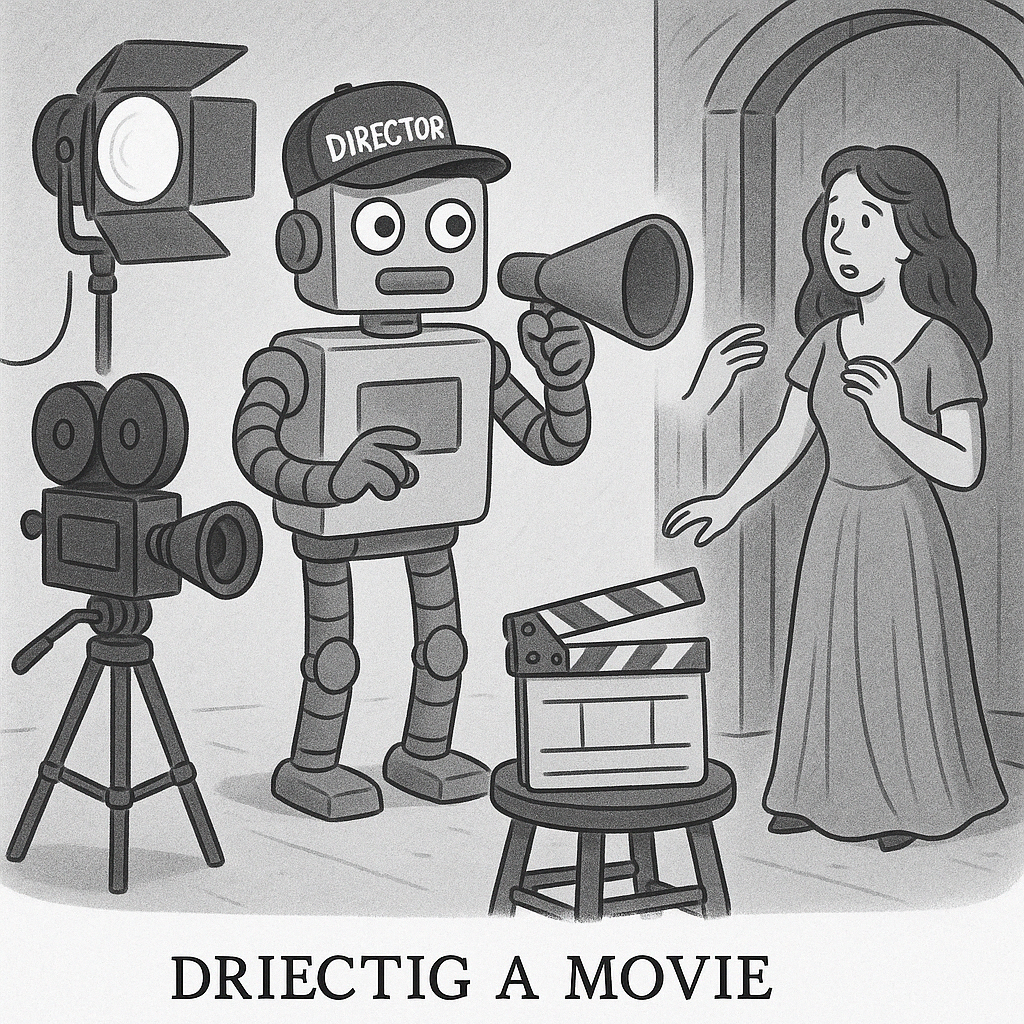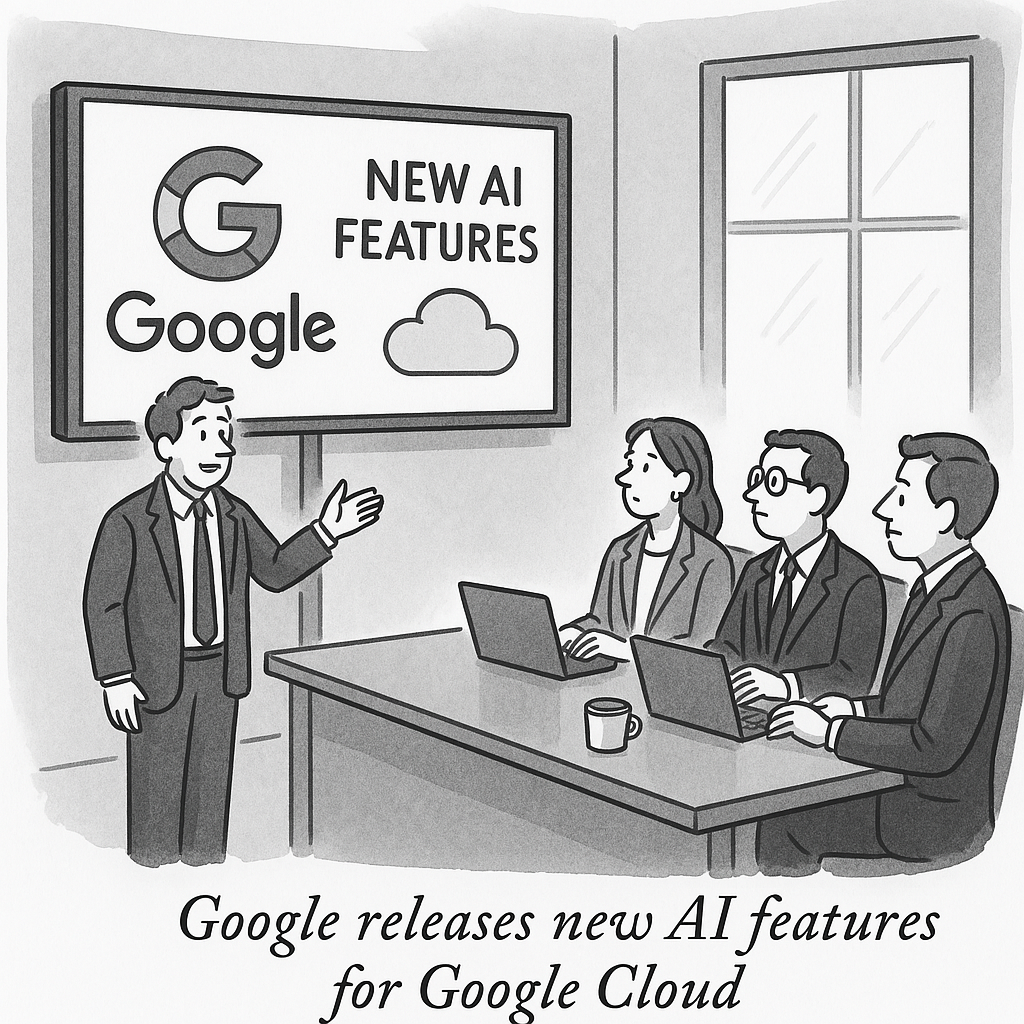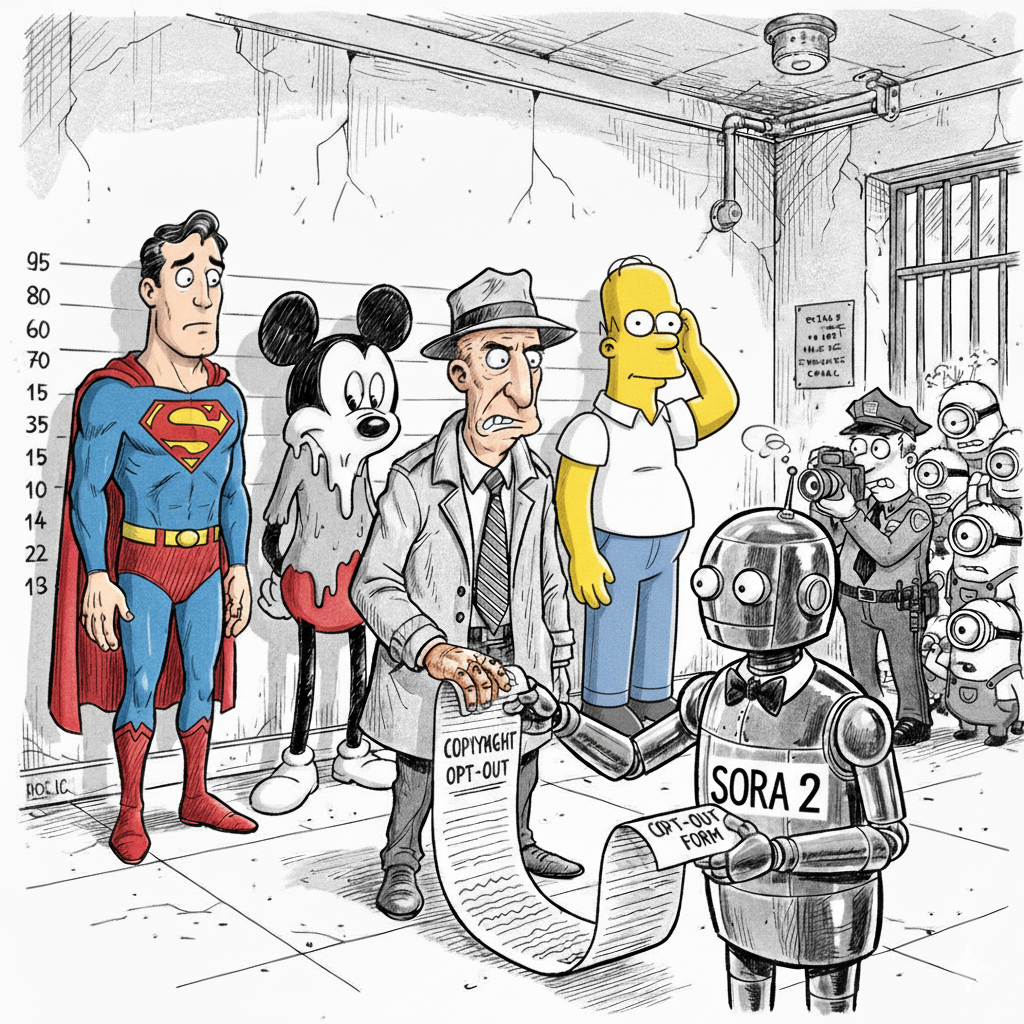Kuaishou Unveils Kling AI 2.0 with Advanced Video Generation and Editing Capabilities
Chinese technology firm Kuaishou Technology officially launched Kling AI 2.0 on April 15, 2025
Chinese technology firm Kuaishou Technology officially launched Kling AI 2.0 on April 15, 2025, introducing significant upgrades to its artificial intelligence platform for content creation. Announced during a "From Vision to Screen" event in Beijing, the release includes both the Kling AI 2.0 Video Generation Model and the Kolors 2.0 Image Generation Model, marking a comprehensive enhancement of Kuaishou's AI foundation models. Kuaishou stated its mission with Kling AI is to empower users to tell compelling stories through AI, facilitating more precise and intricate creative expression. This simultaneous upgrade of video and image capabilities, linked by a new interaction concept, signals an integrated approach to building a versatile creative ecosystem.
Kling AI 2.0 brings substantial improvements in generation quality, focusing on areas critical for creators. The platform demonstrates enhanced motion quality, better understanding of user prompts (semantic responsiveness), and improved visual aesthetics compared to previous iterations. Specifically, the Kling AI 2.0 Master video engine aims for cinematic consistency by generating smoother transitions between frames, reducing common issues like flicker and motion artifacts, and enhancing the realism of character and object movement. It leverages technologies such as 3D spatio-temporal attention to model complex movements and simulate real-world physics more accurately. The system can generate video up to 1080p resolution and supports flexible aspect ratios. Complementing the video upgrades, the Kolors 2.0 image model offers improved prompt adherence, cinematic quality, and greater control over artistic styles, including lighting, textures, and colors. These advancements in understanding user instructions aim to make the generation process more predictable and reliable, reducing the need for extensive trial-and-error often associated with AI content creation. Internal Kuaishou evaluations reportedly positioned Kling AI 2.0 favorably against competitors like Google Veo2 and Runway Gen-4 in specific image-to-video tasks.
A central innovation in Kling AI 2.0 is the introduction of Multi-modal Visual Language (MVL), a new framework for human-AI interaction in video creation. Acknowledging that text prompts alone can be insufficient for detailed visual direction, MVL allows users to integrate various inputs, such as text and reference images, to communicate complex ideas more effectively. This concept underpins several new control features. Multimodal video editing enables users to add, remove, or replace elements within a generated video clip by providing image or text instructions, offering greater post-generation flexibility directly within the platform. Furthermore, a Multi-Element Editor allows for detailed scene composition, giving users control over individual elements like foreground, background, and characters to build narrative depth. Kolors 2.0 also includes practical image editing tools like partial redrawing, expansion, and stylized transcription, which transfers an artistic style while preserving the original image content. These features collectively shift Kling AI from being solely a generator towards functioning more like an interactive creative studio, providing the granular control and refinement capabilities sought by more sophisticated users and professional workflows.
Following the announcement, Kling AI 2.0, including its Master Edition features, was made available globally through the Kling AI platform. Initial access requires only an email address for registration. Kuaishou employs a tiered access model: a free tier offers users daily credits (reportedly 66 credits, sufficient for approximately six short video generations) for experimentation, though these credits typically expire daily. For more intensive use, several paid subscription plans (Standard, Pro, Premier) offer larger monthly credit bundles at different price points, with potential discounts for annual commitments and priority access to new features for higher tiers. Additionally, Kling AI provides API solutions for businesses seeking to integrate the technology into their own platforms and workflows, counting companies like AWS and Alibaba Cloud among its partners. While earlier documentation suggested capabilities for generating videos up to two minutes long , current implementations and user reports often indicate shorter base generation times (e.g., 5-10 seconds), which may be extendable at a potentially significant credit cost. This multi-faceted access strategy—combining free trials, tiered subscriptions, and enterprise APIs—aims to maximize user adoption across different segments while creating diverse monetization pathways.
Kuaishou positions Kling AI 2.0 as a leading force in the rapidly evolving AI video generation market, competing with established and emerging platforms such as Runway, Pika Labs, Luma AI, Google Veo, and OpenAI's Sora. The platform's emphasis on enhanced user control, multimodal interaction via MVL, and integrated editing tools serves as a key differentiator. This focus on "control granularity" and enabling creators to refine content within the platform represents a strategic move to establish Kling AI as a practical "co-creative tool" suitable for production workflows, rather than merely an engine for generating initial ideas. This evolution reflects a broader maturation in the AI video sector, where the initial focus on generation capability is shifting towards demands for usability, predictability, and seamless integration into creative processes. While challenges related to generation stability and the ethical implications common to AI content tools persist, Kling 2.0's advancements aim to make sophisticated video creation more accessible and controllable.
The launch of Kling AI 2.0 Master Edition by Kuaishou marks a notable advancement in the field of AI-driven content creation. By significantly enhancing core generation quality in areas like motion realism and semantic understanding, and crucially, by introducing innovative features centered around user control and multimodal interaction like MVL and integrated editing tools, Kuaishou is strategically positioning Kling AI. The platform aims not only to compete on output quality but also to provide a more reliable, controllable, and integrated creative environment. This focus on usability and refinement, combined with a broad access strategy encompassing free trials, subscriptions, and enterprise APIs, underscores Kuaishou's ambition to empower a wide spectrum of creators and solidify Kling AI's role in the future of visual storytelling. The platform's trajectory suggests a move towards AI tools that function less as unpredictable generators and more as dependable partners in the creative process.




